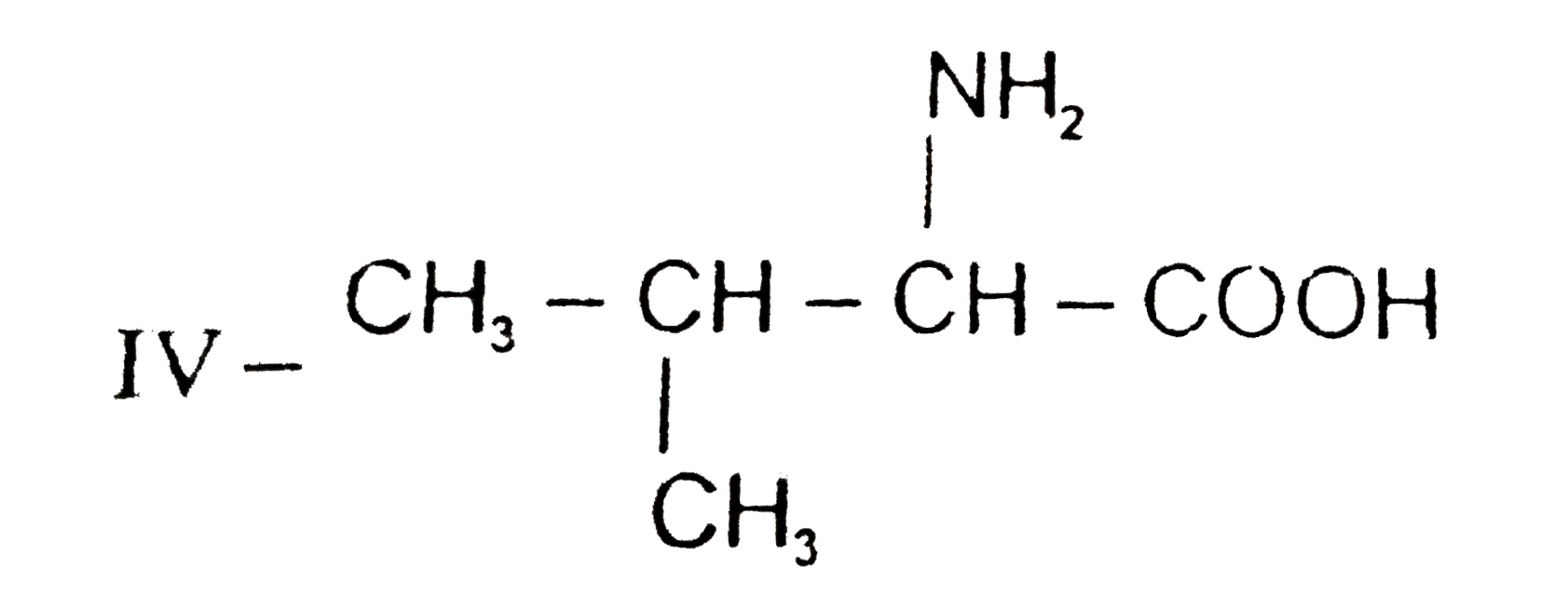The amino acid cysteine often forms a disulphide bond with another nearby cysteine. The reaction is bst classified as
an addition
a substitution
an oxidation
a reduction
The correct Answer is:C
To classify the reaction where the amino acid cysteine forms a disulfide bond with another nearby cysteine, we can follow these steps:
Step 1: Understand the Structure of Cysteine
Cysteine is an amino acid with the following structure:
- It contains an amine group (NH2), a carboxylic acid group (COOH), and a side chain (R).
- For cysteine, the side chain is -CH2-SH, which contains a thiol (-SH) group.
Step 2: Identify the Reaction
When two cysteine molecules come close to each other, they can react to form a disulfide bond. This occurs between the thiol groups of the two cysteine molecules.
Step 3: Formation of the Disulfide Bond
- The reaction involves the removal of two hydrogen atoms (one from each cysteine's thiol group).
- The two sulfur atoms from the thiol groups of the cysteine molecules bond together, forming a disulfide bond (S-S).
Step 4: Classify the Reaction
- The removal of hydrogen atoms (H2) from the thiol groups indicates that this process involves oxidation.
- In oxidation reactions, there is a loss of electrons or an increase in oxidation state, which in this case is represented by the removal of hydrogen.
Conclusion
Thus, the reaction where cysteine forms a disulfide bond with another cysteine is best classified as oxidation.
Final Answer
The reaction is best classified as oxidation.
---
Cysteine is an amino acid with the following structure:
- It contains an amine group (NH2), a carboxylic acid group (COOH), and a side chain (R).
- For cysteine, the side chain is -CH2-SH, which contains a thiol (-SH) group.
When two cysteine molecules come close to each other, they can react to form a disulfide bond. This occurs between the thiol groups of the two cysteine molecules.
- The reaction involves the removal of two hydrogen atoms (one from each cysteine's thiol group).
- The two sulfur atoms from the thiol groups of the cysteine molecules bond together, forming a disulfide bond (S-S).
- The removal of hydrogen atoms (H2) from the thiol groups indicates that this process involves oxidation.
- In oxidation reactions, there is a loss of electrons or an increase in oxidation state, which in this case is represented by the removal of hydrogen.
Thus, the reaction where cysteine forms a disulfide bond with another cysteine is best classified as oxidation.
The reaction is best classified as oxidation.
Similar Questions
Knowledge Check
Amino acids usually exist in the form of Zwitter ions. This mean that they consist of
Abasic-NH2 group and acidic -COOH groupBthe basic -+NH3 group and acidic −COO− groupCbasic −NH2 and acidic −H+ groupDbasic −COO− group and acidic -+NH3 groupsAmino acids undergo internal acid base reaction to form:
Aan amideBa lactumCzwitter ionDa peptideThe difference between one amino acid and another is found in the :
Apeptide bondBR groupCcarboxyl groupDamino group
Which of the following amino acid forms sulphide bond in polypeptide
View SolutionAmino acids are broken down to form urea .
View SolutionAmino acids usually exist in the form of Zwitter ions. This mean that they consist of
View SolutionWhich element is present in two amino acids, cysteine and methionine, and is the main constituent of several coenzymes, vitamins (thiamine, biotin) and ferredoxin.
View SolutionNitrous acid (HNO2) converts amino acids into hydroxy acids with retention of configuration. Estimation of nitrogen gas evolved in the reaction is the basis of Van slyke estimation of amino acids.
R−NH2∣CH−COOHHNO2−−−→R−OH∣CH−COOH+N2↑⏐ ⏐ ⏐⏐+H2O
Which of the following amino acids cannot be analysed by Van slyke method ?
(I) HS−CH2−NH2∣CH−COOH (cysteine)


View Solution
